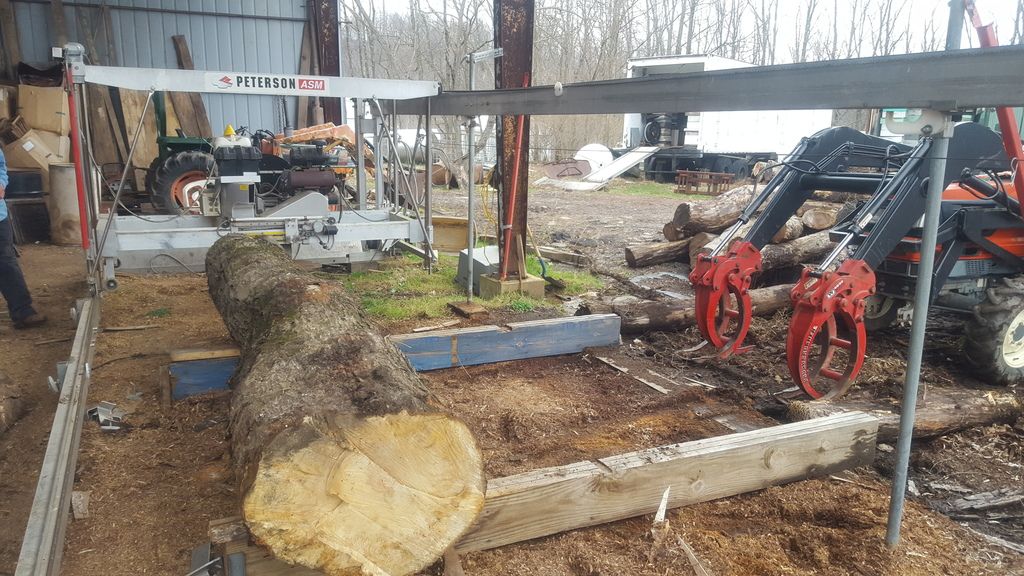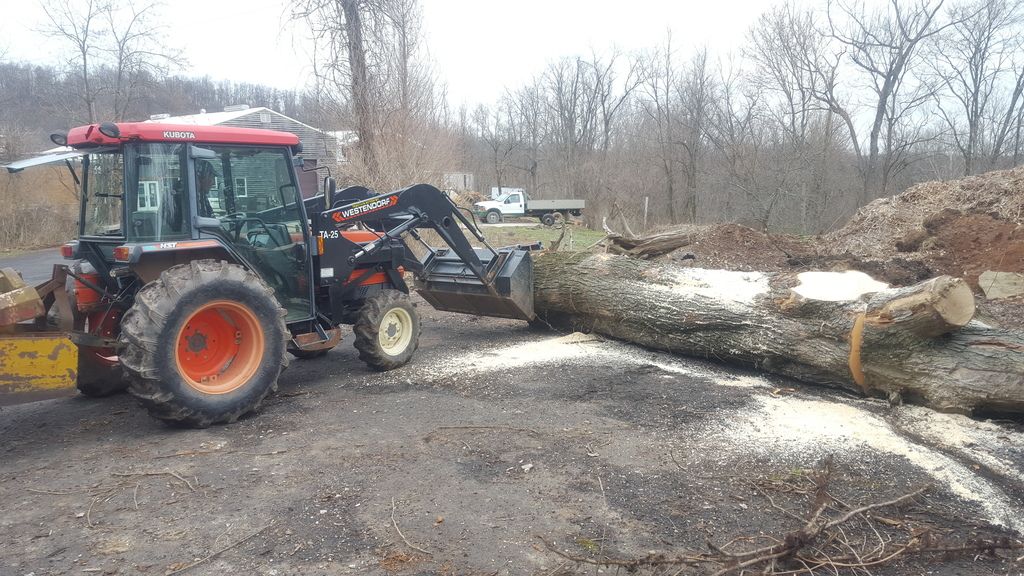I suppose it depends on the tree some what, too. I use the plastic wedges and find them very useful, especially on large (24" beech trees) where the fall has to be pretty specific, for what ever reason.
I was cutting one at least 30" on a fairly steep slope, with a lot of surrounding brush and other firewood candidates, one winter, on the edge of my apple orchard. I needed the tree to fall where it didn't seem to want to go. I was going to have to winch it out of the tree line and getting it limbed was going to be a PIA if I didn't drop it right. (it was complicated, but I was determined). The order of the cut with these trees was important as avoiding a hang up was part of the strategy. Beech spread out wide and hang up easily.
I hinged it carefully, checking the direction and nipping at it the get it right. I got the back cut 3 or 4 inches into the tree and then set one wedge. I tucked the bar in at each side of the back cut and as I cut in front of the thin edge of the wedge, I added 2 more wedges and put all three in as deep as they would go. I continued working the hinge and pounding on the wedges. Watching the base of the tree, it became apparent the tree wanted to pivot off the stump. That gave me the information I needed to tweak the hinge and work the wedges.
finally when the tree (she was a BIIIIG girl) was leaning in the right direction (the notch took more wedge), I wacked the wedges one more time and nipped at the edges of the hinge. The tree pirouetted about 30 degrees (prolly less but it was amazing none the less), pulled away from the wedges and dropped about where I wanted it to.
I worked up a real sweat thinking about and bringing that big girl down. Satisfied with not having killed myself or destroying apple trees, I called it a day. I would not have even attempted that cut with out wedges.







